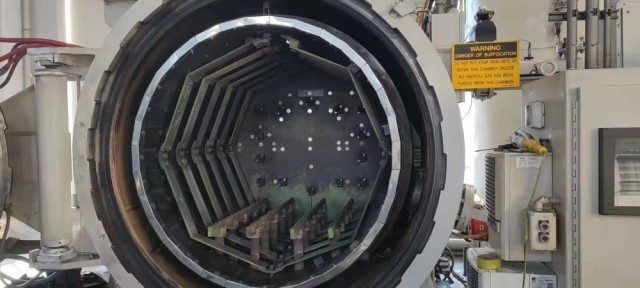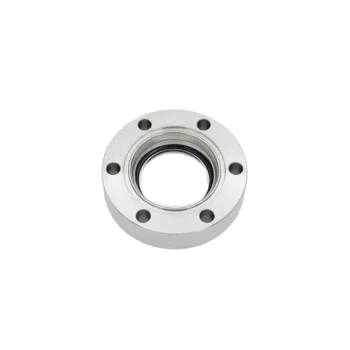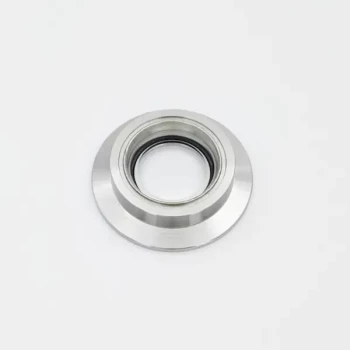Electrical Failures
Temperature Anomalies
Temperature anomalies in vacuum furnaces can manifest as either high temperature alarms or the inability of the system to reach the set temperature values. These issues can significantly disrupt the operation and efficiency of the furnace, leading to potential production delays and increased maintenance costs.
To address high temperature alarms, it is crucial to verify the accuracy and functionality of the thermostat. This involves calibrating the thermostat parameters to ensure they are set correctly and responding appropriately to temperature changes. Additionally, inspecting the solid state relay output is essential. A malfunctioning solid state relay can cause erratic temperature control, leading to false alarms. Regular maintenance and testing of these components can prevent such issues.
On the other hand, if the furnace is unable to reach the desired temperature, the thermocouple probes should be thoroughly checked. Thermocouples are critical in measuring the actual temperature within the furnace. If they are damaged or improperly calibrated, they can provide inaccurate readings, leading to ineffective temperature control. Replacing or recalibrating the thermocouple probes can resolve this issue and ensure precise temperature regulation.
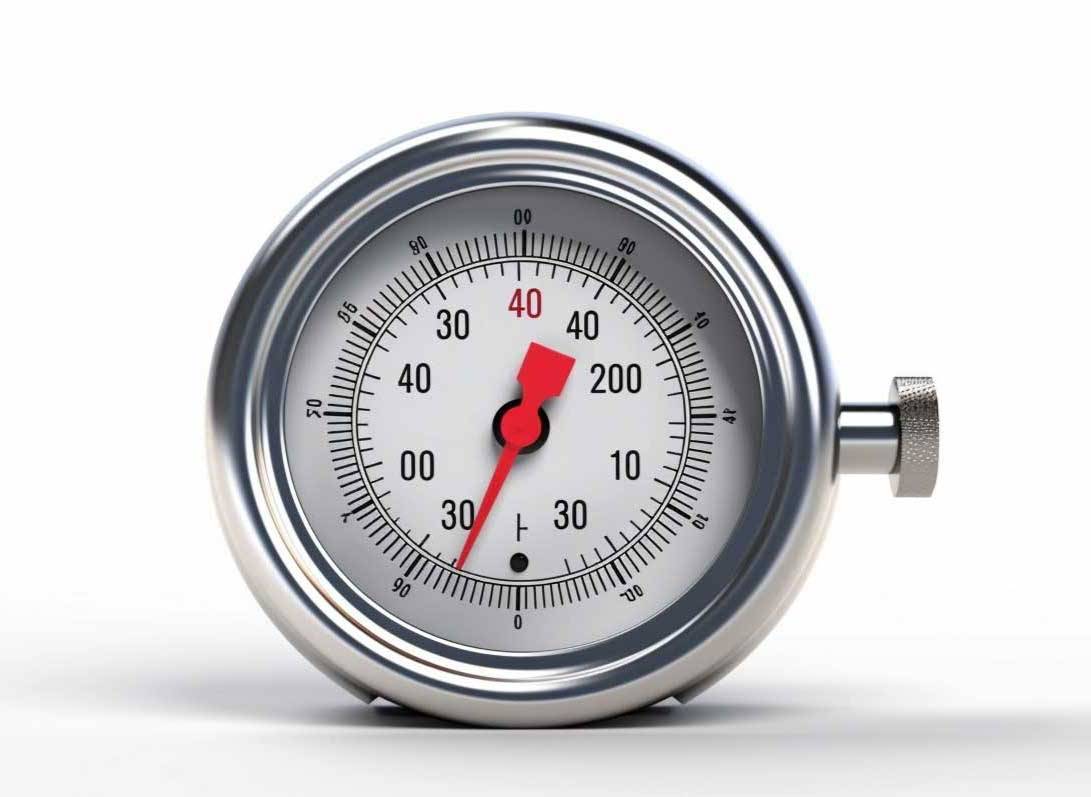
In summary, maintaining accurate temperature control in vacuum furnaces requires a systematic approach to diagnosing and resolving temperature anomalies. By focusing on the thermostat parameters, solid state relay output, and thermocouple probes, operators can ensure the furnace operates efficiently and effectively.
Vacuum Anomalies
Vacuum anomalies in a furnace can significantly impact its performance and efficiency. These issues typically manifest as poor vacuum pumping or low vacuum levels, which can lead to suboptimal processing conditions. To address these problems, a systematic approach is required to identify and rectify the underlying causes.
One of the first steps in troubleshooting vacuum anomalies is to inspect the air source. Ensuring that the air supply is clean and free from contaminants can prevent blockages in the vacuum system. Additionally, the vacuum gauge should be checked for accuracy and calibration. An improperly calibrated gauge can mislead operators, leading to incorrect adjustments and continued issues.
The integrity of the door seal is another critical factor. A faulty door seal can allow air to leak into the chamber, compromising the vacuum level. Regular inspections and maintenance of the door seal, including checking the condition of the sealing tape and the alignment of the door plate, are essential preventive measures.
Lastly, the piping system should be examined for any signs of wear or damage. Damaged or poorly connected pipes can cause air leaks, reducing the overall vacuum efficiency. Ensuring that all connections are secure and that there are no visible cracks or holes can help maintain optimal vacuum levels.
By systematically addressing these areas—air source, vacuum gauge, door seal, and piping—operators can effectively resolve vacuum anomalies and ensure the smooth operation of the vacuum furnace.
Mechanical Structure Failures
Door Issues
When dealing with vacuum furnaces, one of the most common mechanical structure failures is related to the door not sealing properly. This issue can lead to significant operational inefficiencies and potential safety hazards. The primary solutions to this problem involve a thorough inspection of several key components.
First, door hinges should be examined for any signs of wear or misalignment. Proper alignment is crucial for ensuring that the door closes evenly and securely. If the hinges are worn or loose, they may need to be tightened or replaced to restore proper function.
Next, pull buckles play a critical role in the door's ability to seal effectively. These buckles help to secure the door in place, and any malfunction can result in a poor seal. It is essential to check that the pull buckles are functioning correctly and that they are not obstructed or damaged.
Sealing tape is another vital component that must be inspected. Over time, sealing tape can degrade or become misaligned, leading to leaks. Regularly checking the condition and alignment of the sealing tape can prevent this issue from arising. If the tape is worn or damaged, it should be replaced promptly to ensure a tight seal.
Lastly, the door plate itself should be inspected for any deformities or damage. Any irregularities in the door plate can affect its ability to seal properly. Ensuring that the door plate is in good condition and properly aligned is essential for maintaining an effective seal.
By systematically checking these components, operators can address and resolve issues related to the door not sealing properly, thereby maintaining the efficiency and safety of the vacuum furnace.
Fan Malfunctions
Strange sounds emanating from the fan can be an early indicator of potential malfunctions within the vacuum furnace. These noises, often described as grinding, rattling, or humming, can stem from a variety of issues that, if left unchecked, could lead to more severe operational problems.
One of the primary causes of such sounds is the presence of foreign objects within the fan assembly. Over time, dust, metal shavings, or other debris can accumulate and become lodged in the fan blades or housing. This intrusion can cause the fan to operate unevenly, leading to the characteristic strange noises. Regular inspection and maintenance, including the removal of any foreign materials, are crucial to preventing these issues.
Another common source of fan-related noises is loose motor screws. The constant vibration and movement within the furnace can cause these screws to become dislodged or loose over time. This looseness can create a rattling sound as the fan spins, signaling the need for immediate attention. Tightening these screws can often resolve the issue, but it is essential to ensure that all components are securely fastened to prevent future occurrences.
| Issue | Possible Cause | Solution |
|---|---|---|
| Strange Noises | Foreign objects in the fan | Remove debris and clean the assembly |
| Loose motor screws | Tighten all screws and secure parts |
Addressing these fan malfunctions promptly is vital for maintaining the efficiency and longevity of the vacuum furnace. Regular maintenance schedules that include thorough inspections and necessary adjustments can help prevent minor issues from escalating into more significant problems.
Pneumatic Valve Failures
Pneumatic valve failures in vacuum furnaces can disrupt operations and lead to significant downtime. These failures often manifest as valves that do not open or close as required, affecting the system's ability to maintain the desired vacuum levels and process conditions.
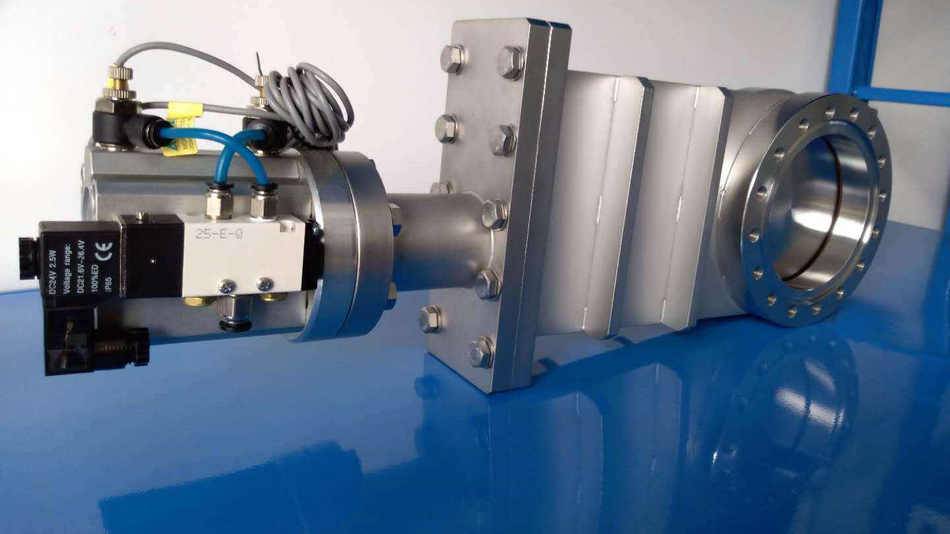
To diagnose and resolve these issues, technicians should first inspect the solenoid valves. These valves are critical components that control the flow of compressed air, and any malfunction can render the entire pneumatic system inoperable. Common problems include stuck or damaged solenoids, which may require cleaning, repair, or replacement.
Additionally, ensuring the proper pressure of the compressed air supply is essential. Insufficient or excessive pressure can cause the valves to function improperly. Regularly checking and adjusting the air pressure, as well as maintaining the air compressor and associated piping, can prevent many common pneumatic valve failures.
In summary, addressing pneumatic valve failures involves a systematic approach, starting with a thorough inspection of the solenoid valves and ensuring the compressed air pressure is within the specified range.
Related Products
- Lab-Scale Vacuum Induction Melting Furnace
- Vacuum Heat Treat Sintering Brazing Furnace
- Molybdenum Vacuum Heat Treat Furnace
- Vacuum Hot Press Furnace Machine Heated Vacuum Press
- Vacuum Heat Treat and Pressure Sintering Furnace for High Temperature Applications
Related Articles
- How Vacuum Induction Melting Outperforms Traditional Methods in Advanced Alloy Production
- How Vacuum Induction Melting Ensures Unmatched Reliability in Critical Industries
- Application of Hot Isostatic Pressing Technology in Nickel-Based Casting High-Temperature Alloys
- How Vacuum Induction Melting Elevates High-Performance Alloy Production
- Melting process and maintenance of vacuum induction melting furnace
